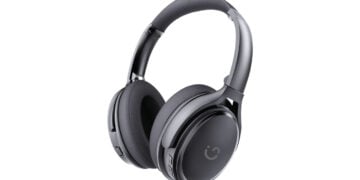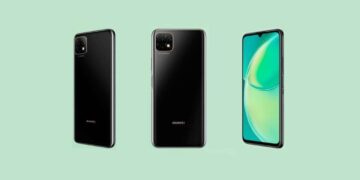With the uptick in AI technologies, it’s more important than ever to have the right tools at your fingertips to support the future of computation. While most AI services today are server-side enablers, there is a movement towards performing local computations on your laptop or PC to provide better performance and efficiencies. One of the first tools in this domain is the Windows-enabled Copilot+. As a result, many brands have released laptops to cater to this drive, including the launch of ASUS’ “first Copilot+ PC,” the ASUS Vivobook S 15 (S5507).
ASUS designed the laptop to integrate with Copilot+ and is powered by the Qualcomm Snapdragon X Elite CPU. This integration of two technologies to achieve next-generation performances showcases what the future might hold in the laptop market, offering a host of smart laptops that cater for a tailored performance towards your daily routine and requirements.
ASUS Vivobook S 15 Laptop Build and Design
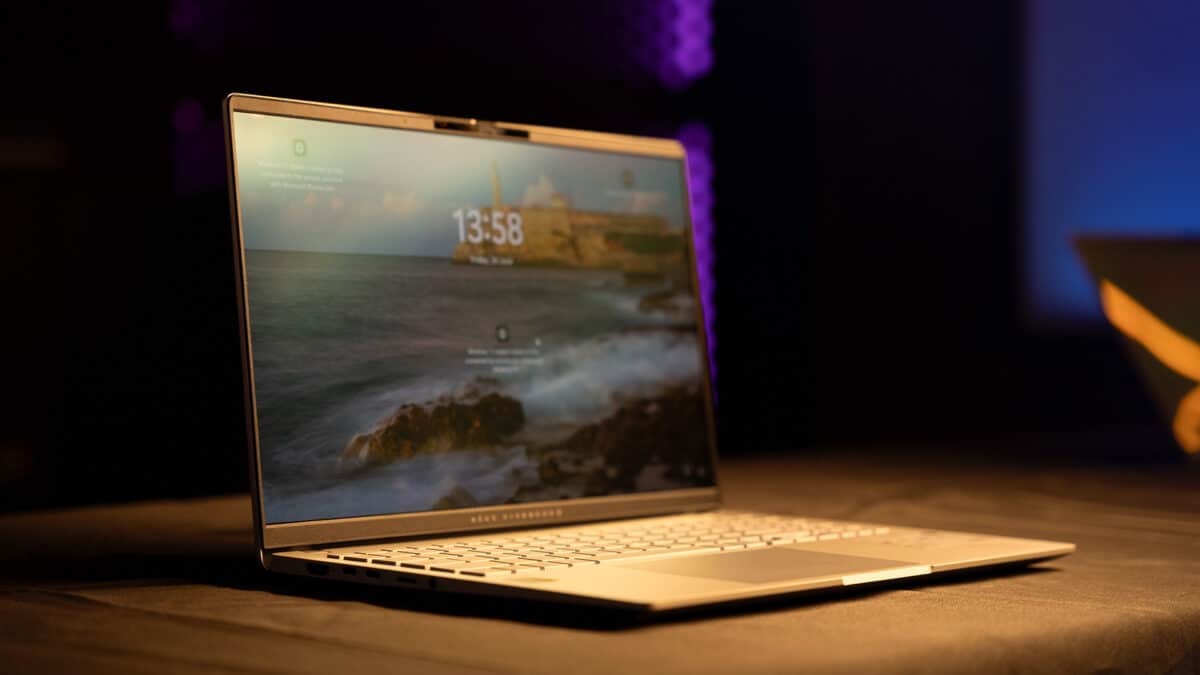
The design isn’t dissimilar to previous Vivobook laptops. It certainly follows the design principles the ASUS team has established for the range. Thanks to its tapered unibody and all-metal construction, this unit feels much more premium than previous models.
Furthermore, it’s one of the lightest and thinnest ASUS laptops to have hit the market, measuring just 14.7mm thick and weighing just 1.42KG. It’s incredibly portable and easily transported in almost any laptop bag.
There is a good number of ports available for your daily use. This includes x2 Type-A and x2 Type-C ports, supporting display and power delivery. It also features a full HDMI 2.1 TMDS port, 3.5mm audio jack and MicroSD card reader. ASUS includes the larger SD card reader on most of its laptops aimed at creatives and professionals but has opted for the microSD card slot in this instance. Thankfully, most of my external device storage utilises the microSD card with an SD card adapter, so this wasn’t a big issue.
It’s a sleek design with an all-metal build in a Cool Silver colourway, making the unit look and feel like a premium laptop.
Screen and Display
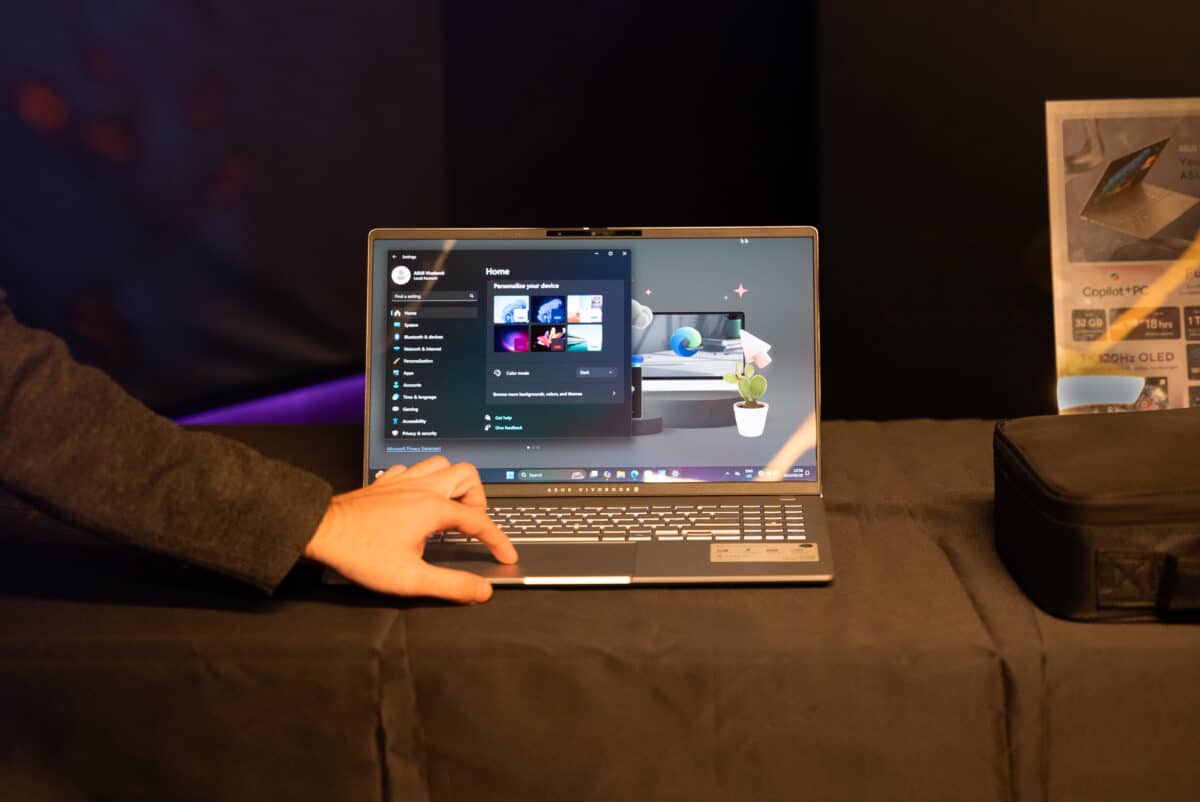
ASUS has fitted the Vivobook S 15 with a compact 15.6″ screen. The underlying panel features OLED technology with a 3K (2880 x 1620) resolution. Additionally, it has a 0.2ms response time, 120Hz refresh rate, and up to 600 nits HDR peak brightness.
As with most ASUS displays, it features all the required colour certifications to ensure you have the best support available for colour reproduction. This includes a 100% DCI-P3 colour gamut, VESA certification and HDR True Black 600.
Another critical aspect of ASUS laptops is the safety standards of their screens, which feature 70% less harmful blue light, along with TÜV Rheinland certification and SGS Eye Care support.
Although it’s not a complete tablet design, it does offer a flat layout hinge, with the lid folding back 180° to lie flush on the table. This makes design work much simpler while also having the freedom to navigate while in use.
It may not have the touch-enabled screen like many other ASUS modern laptops, but it gets the job done well with great visuals, bold colours and crisp imagery.
ASUS Vivobook S 15 Specifications
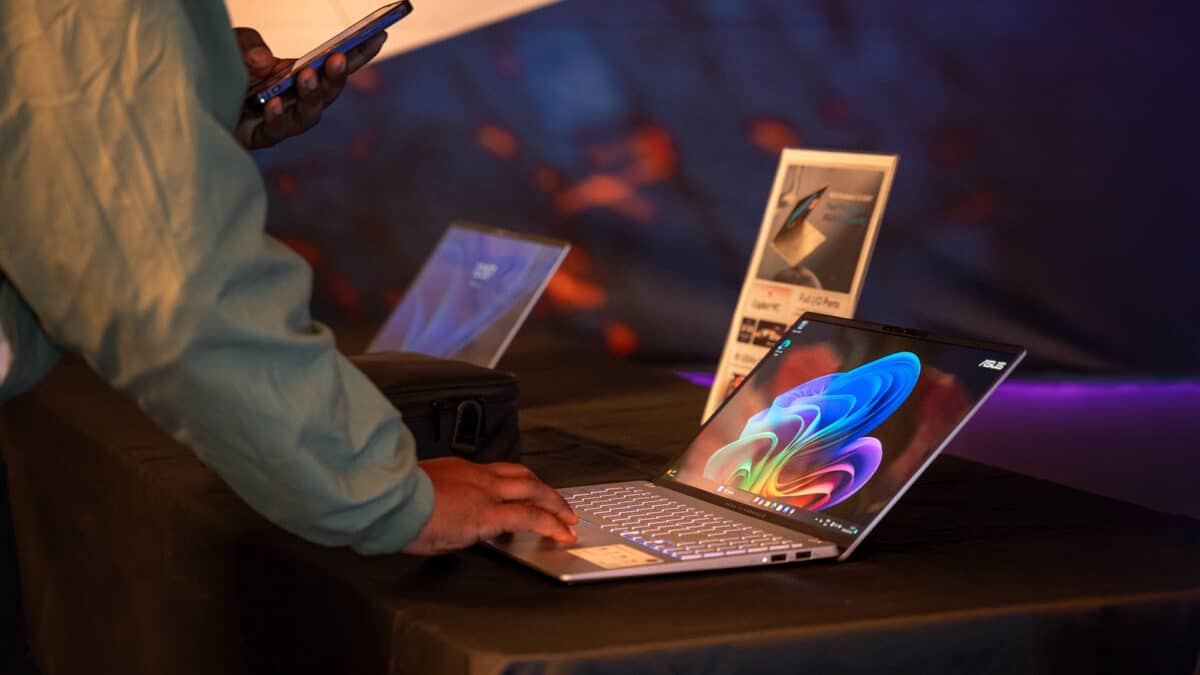
The ASUS Vivobook S 15 forms part of a new wave of laptops hitting the market, fitted with a Qualcomm chipset. With their advances in CPU technology, Qualcomm is powering the next-generation PCs and laptops to deliver AI capabilities and a lightweight ecosystem.
Fitted to the Vivobook S 15 is the Qualcomm Snapdragon X Elite – X1E78100 Oryon CPU with clock speeds of 3.42GHz. It also features an integrated NPU, the Qualcomm Hexagon NPU, with a rating of up to 45TOPS. The chipset also features an Adreno GPU. Although it may not support most of your AAA titles, a decent number of supported games via the Steam store make it worth the consideration.
The hardware specifications include a 32GB integrated RAM module and 1TB MTFDKBA1T0QFM-1BD1AABGB internal storage. It also comes pre-installed with Windows 11 Home Edition.
Lastly, it has a sizeable 70Wh battery. It’s on par with many other modern ASUS laptops but delivers extraordinary performance with the aforementioned hardware. More on that below.
Performance and Battery
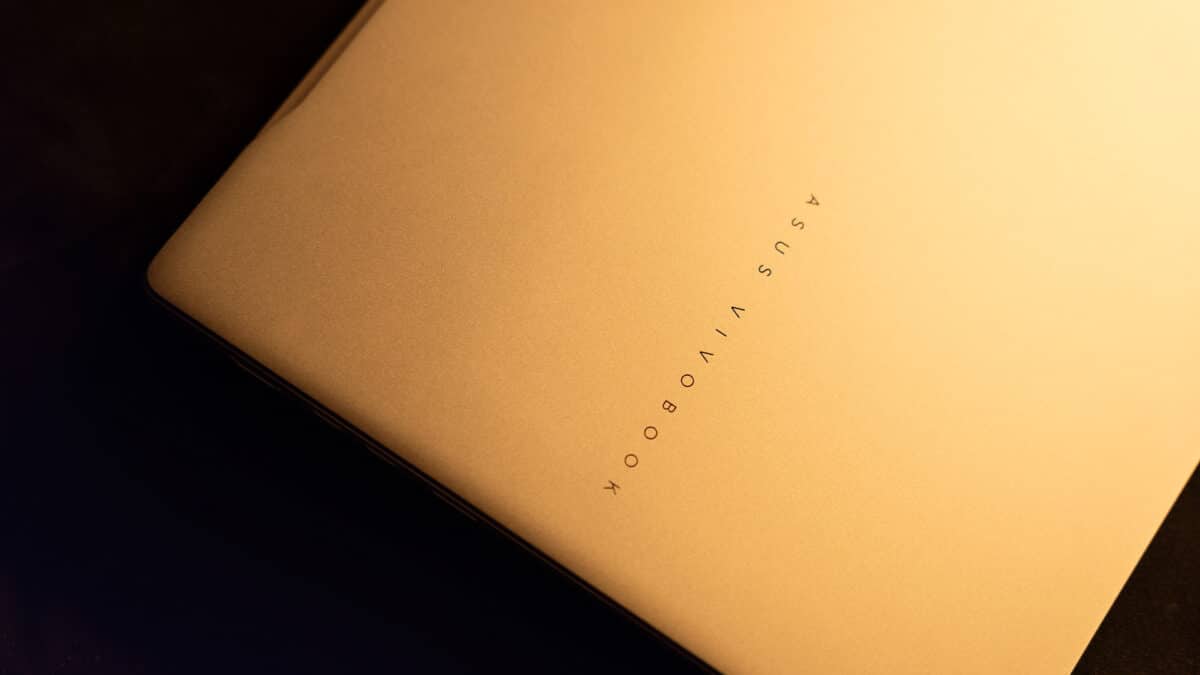
Using the term “lightweight” when referring to the Vivobook S 15 applies to more than just a factor of its weight and size. It has minimal overheads for computational requirements and a much more efficient processor in the Qualcomm chipset. Yes, it may not be able to withstand the comparisons on benchmarks against the mighty Intel and AMD processors, but it does the job it sets out to achieve – and well at that.
As the title states, the Vivobook S 15 has an impressive battery life. Thanks to the Qualcomm chipset and a smaller 15.6” panel, there are minimal overheads compared to similar laptops. This makes for excellent battery consumption, which surprised me.
On the conventional rundown testing, the laptop ran for roughly 14 hours. That is very close to the Apple Macbook’s benchmark of 15 to 16 hours with similar tests. However, the standard usage truly stands out when it comes to real-world testing. Spending 12 to 13 hours a day on the laptop, I achieved two days of usage before needing to recharge. The results seemed out of the ordinary, so I tested the no-charger mode thrice to verify the results. Yes, the usage didn’t include any gaming, and it primarily dealt with daily tasks, multiple open tabs on the browser, a few YouTube videos, and the occasional editing. However, achieving roughly 25 to 27 hours of uptime was immense.
Just as impressive is the inclusion of its 90W AC adapter with superfast charging support. It’s capable of charging up to 60% in under 50 minutes. Loosely translated, given the uptime previously mentioned, you should be able to get a full day’s worth of use at the office in just 30 minutes of recharging.
RELATED: ASUS Zenbook S 16 Laptop Review – The Best of Style & Power
Is the ASUS Vivobook S 15 Worth It?
We’re still in the early days of AI-enabled laptops and integrated services. While the ASUS Vivobook S 15 isn’t yet capable of fully utilising all the tools, it stands out even as a conventional laptop. Its impressive design, solid performance and extreme battery life make it a workhorse. Being able to go two days without your charger is a feat previously only supported by Macbooks with its integrated software, with the Vivobook S 15 one of the best Windows-enabled laptops to achieve such impressive results.
The laptop is an excellent asset for any content creator, creative or professional. It can complete all the conventional tasks, editing, and the like without compromising any of your owned tools with the new Qualcomm chipset, which is designed to cater to Windows installation. However, if you’re a gamer, you may want to think carefully before looking this way, with limitations on some of the games it supports.
The Vivobook S 15 retails for R29,999. It’s not as pricey as many other next-generation, AI-enabled laptops but still above the mid-range pricing point. However, you get a lot for your buck with this unit, which is worth the price.
The Review
ASUS Vivobook S 15
The ASUS Vivobook S 15 is an impressive workhorse that can be used up to two working days before reaching for a charging cable. Its integrated Qualcomm chipset is also future-proof for AI support, making it a good purchase for creatives and professionals.
PROS
- Exceptional two-day battery life
- Solid OLED display
- AI-ready for future use
- Efficient but powerful chipset
CONS
- Not a lot of native AI services as yet











